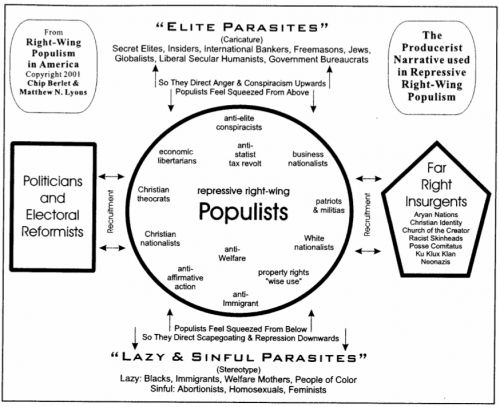Double Loop Learning
While reading a snarky review on Amazon of Difficult Conversations, I was pointed to “Action Science a la Argyris”. Googling around I came upon this:
[Chris] Argyris (1976) proposes double loop learning theory which pertains to learning to change underlying values and assumptions. The focus of the theory is on solving problems that are complex and ill-structured and which change as problem-solving advances.
Which is pretty interesting since that sounds a lot like the type of Capacity Building issues I deal with on a day to day basis. It goes on:
Double loop theory is based upon a “theory of action” perspective outlined by Argyris & Schon (1974). This perspective examines reality from the point of view of human beings as actors. Changes in values, behavior, leadership, and helping others, are all part of, and informed by, the actors’ theory of action. An important aspect of the theory is the distinction between an individual’s espoused theory and their “theory-in-use” (what they actually do); bringing these two into congruence is a primary concern of double loop learning. Typically, interaction with others is necessary to identify the conflict.
There are four basic steps in the action theory learning process: (1) discovery of espoused and theory-in-use, (2) invention of new meanings, (3) production of new actions, and (4) generalization of results. Double loop learning involves applying each of these steps to itself. In double loop learning, assumptions underlying current views are questioned and hypotheses about behavior tested publically. The end result of double loop learning should be increased effectiveness in decision-making and better acceptance of failures and mistakes.
This is actually pretty clear, and considering this was proposed in the mid-70s, I can say with certainty that this type of process is pretty well-established in current management literature—which is maybe why it seems clear to me. Of course, that quote above doesn’t really talk much about why it’s called Double Loop, so I looked that up and found in a very interesting article:
When the error detected and corrected permits the organization to carry on its present policies or achieve its presents objectives, then that error-and-correction process is single-loop learning. Single-loop learning is like a thermostat that learns when it is too hot or too cold and turns the heat on or off. The thermostat can perform this task because it can receive information (the temperature of the room) and take corrective action. Double-loop learning occurs when error is detected and corrected in ways that involve the modification of an organization’s underlying norms, policies and objectives.
With this illuminating graphic:

This is very applicable to a lot of the work I do with Capacity Building because it demonstrates a very clear difference between what I would call Technical Assistance (Single-Loop) and true Capacity Building (Double-Loop). Sometimes all you need is Technical Assistance (like a snazzy new CMS), but often times once you have it, you realize that it’s not being used because your governing culture and values don’t align with the needs of the project (no one in your organization cares about non-targeted external communications); so you have a larger problem.
